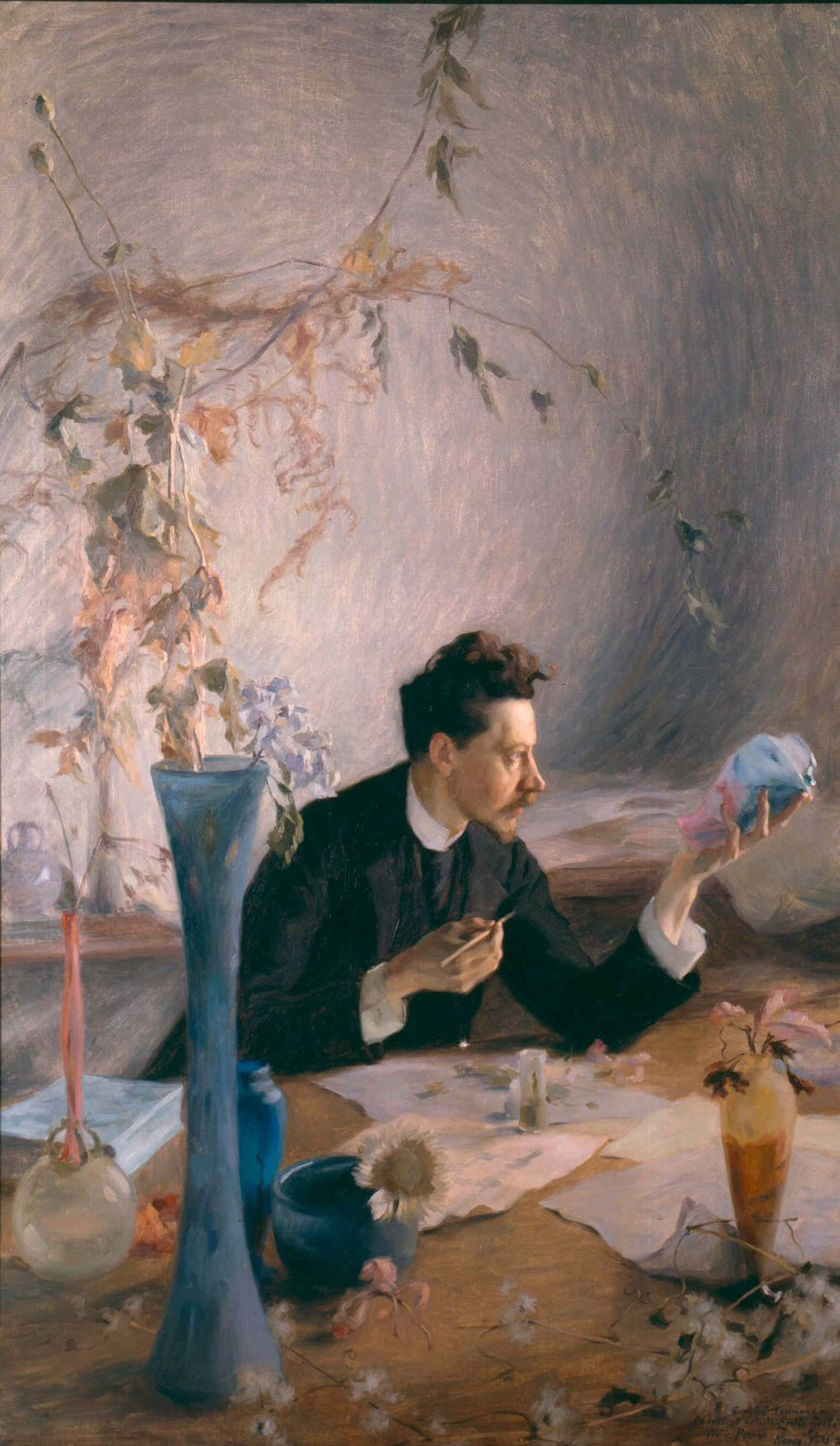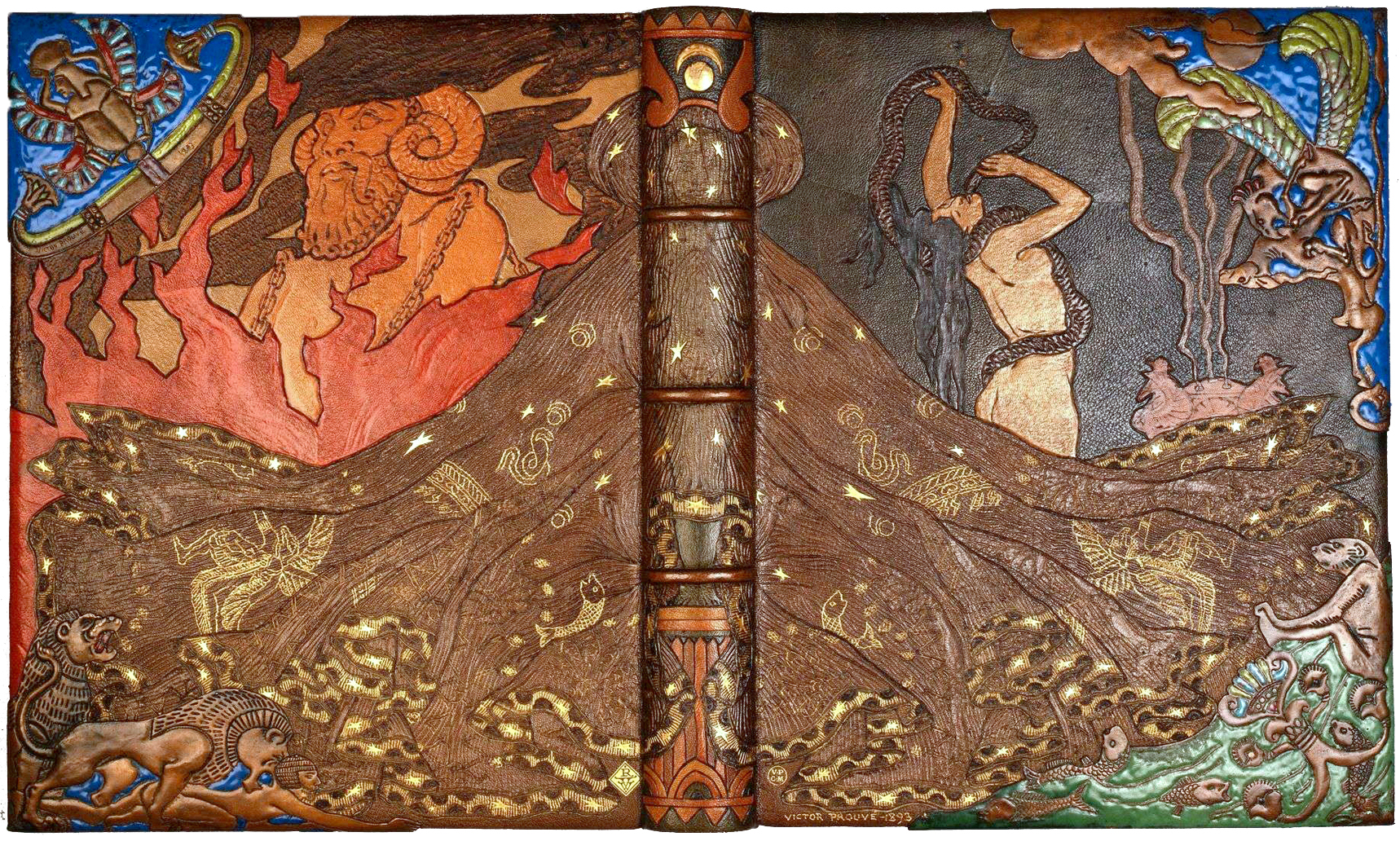
158. Victor Emile Prouvé, Old Man Seated
| Artist | Victor Emile Prouvé, French, Nancy 1858–Sétif, Algeria 1943 |
| Title, Date | Old Man Seated, c. 1865 |
| Medium | Brush and black ink on tan wove paper |
| Dimensions | 18 11/16 × 21 1/2 in. (47.5 × 54.6 cm) |
| Inscriptions + Marks | Lower left: V. Prouvé |
| Provenance | [Galerie Fischer-Kiener, Paris, until 1990s; to Weisberg]; Yvonne and Gabriel Weisberg, Minneapolis (1990s–2015; given to Mia) |
| Exhibition History | "The Quieter Image: 19th Century European Drawings and Watercolors," Carleton Art Gallery, Carleton College, Northfield, Minn., 1996, no. 38; "Expanding the Boundaries: Selected Drawings from the Yvonne and Gabriel P. Weisberg Collection," Mia (2008) and Snite Museum of Art, Notre Dame, Ind. (2010); "Reflections on Reality: Drawings and Paintings from the Weisberg Collection," Mia, 2022–23 |
| References | Lisa Dickinson Michaux with Gabriel P. Weisberg, "Expanding the Boundaries: Selected Drawings from the Yvonne and Gabriel P. Weisberg Collection" (exh. cat.), Minneapolis Institute of Arts (Minneapolis, 2008), p. 43, fig. 23 |
| Credit Line | Gift of Gabriel P. and Yvonne M.L. Weisberg 2015.83.2 |

Painter, sculptor, and decorative artist Victor Prouvé is a key figure in the Art Nouveau tradition known as the École de Nancy (School of Nancy), which flourished from the 1890s until the outbreak of World War I, in 1914.1 From a young age he worked in the ceramics atelier of the Gallé family. His father designed embroidery and made ceramics; his mother was a talented seamstress. Prouvé received his early training at Nancy’s École des Beaux-Arts (School of Fine Arts) and continued his studies at the École des Beaux-Arts in Paris. After leaving school in 1882, he remained in the capital city. There, he pursued a painting career while sending designs to Nancy: ideas for glass and ceramics went to Émile Gallé, who had taken over the family business; ideas for marquetry (elaborate decorative veneer) to the furniture manufacturer Louis Majorelle. In the 1890s, Prouvé, Gallé, Majorelle, and other Nancy artists played a vital role in driving popular taste away from rehashed versions of historical styles and toward Art Nouveau, which took inspiration from the organic forms of nature. In 1901 Gallé founded the Alliance Provinciale des Industries d’Art, which later became the École de Nancy. Prouvé returned to his hometown to help, becoming president of the association upon Gallé’s death, in 1904. Other leaders of the regional Art Nouveau movement included furniture designer and architect Eugène Vallin and glassmakers Antonin and Auguste Daum. Prouvé became professor of decorative composition at the École des Beaux-Arts in Nancy, and served as director from 1919 to 1940.

Prouvé’s work in all media reflects wide-ranging themes and motifs. He was a gifted portraitist, exemplified by his inspired painting of his friend and colleague Émile Gallé at work (fig. 1). He also completed several decorative paintings in and around Paris, part of the Third Republic’s program to beautify public buildings. His assignments included artworks for the city hall of the eleventh arrondissement (fig. 2) and the city hall in Issy-les-Moulineaux, just outside Paris. Working with Camille Martin (cat. no. 122) and René Wiener of Nancy, he also designed jewelry boxes and book bindings (fig. 3).

Not surprisingly, Prouvé was an accomplished draftsman. Old Man Seated belongs to a group of brush drawings in which he applied ink washes with extraordinary quickness and spontaneity.2 In subject matter this sheet feels like a realist work, but the calligraphic technique speaks to Japonisme or a more general interest in Asian brushwork.
GPW
Notes
The museum dedicated to the movement is the Musée de l’École de Nancy, https://musee-ecole-de-nancy.nancy.fr/accueil-2676.html ↩︎
These drawings were on display at Galerie Fischer-Kiener, Paris, about 25 years ago. Except for the present sheet, the whereabouts of the others is unknown. ↩︎